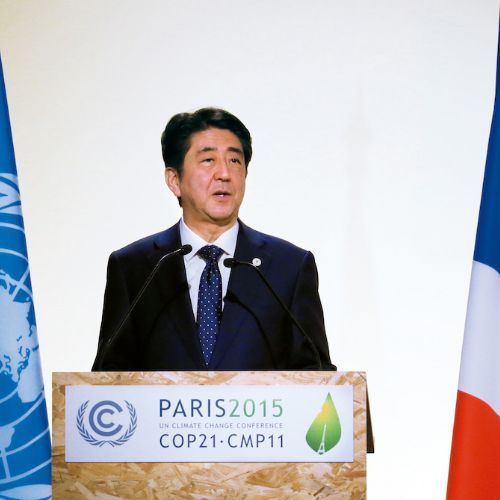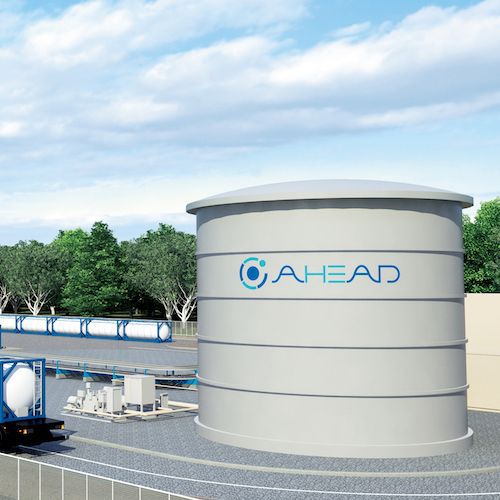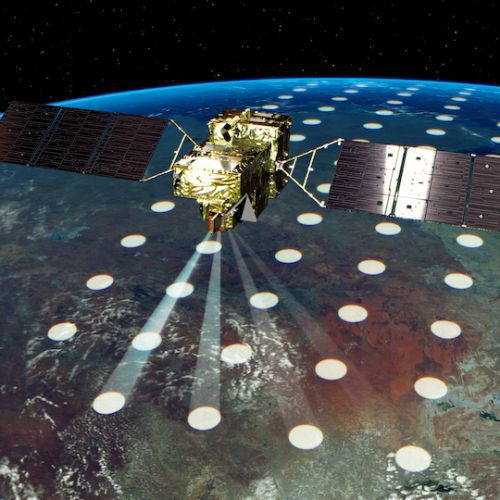Cities across the globe, working toward the UN’s Sustainable Development Goals (SDGs) for 2030, are looking to Toyama City’s aging-society-friendly town planning
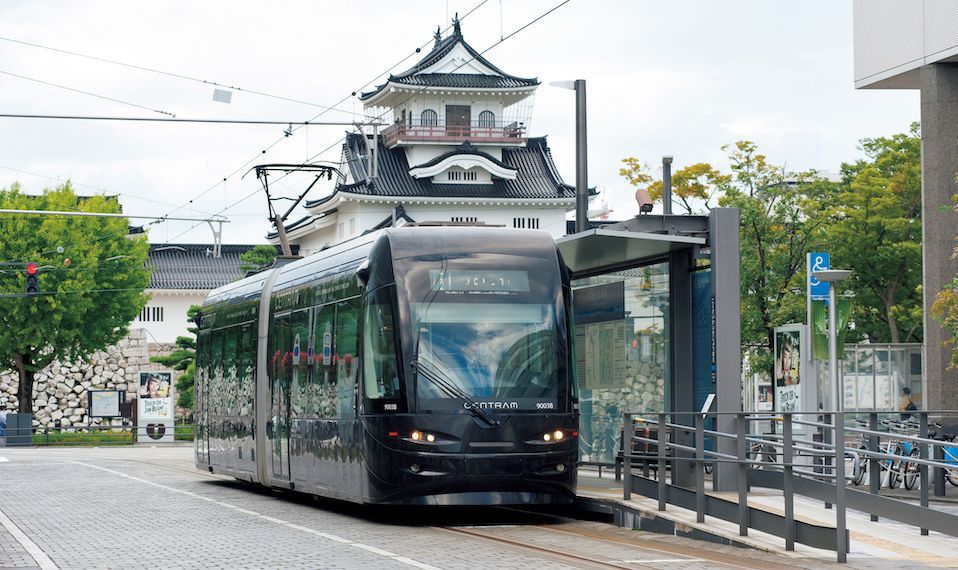
An LRT operating in the city. The trackwork such as the stations and overhead cable poles all follow a unified and elegant design, becoming a symbol of the city.
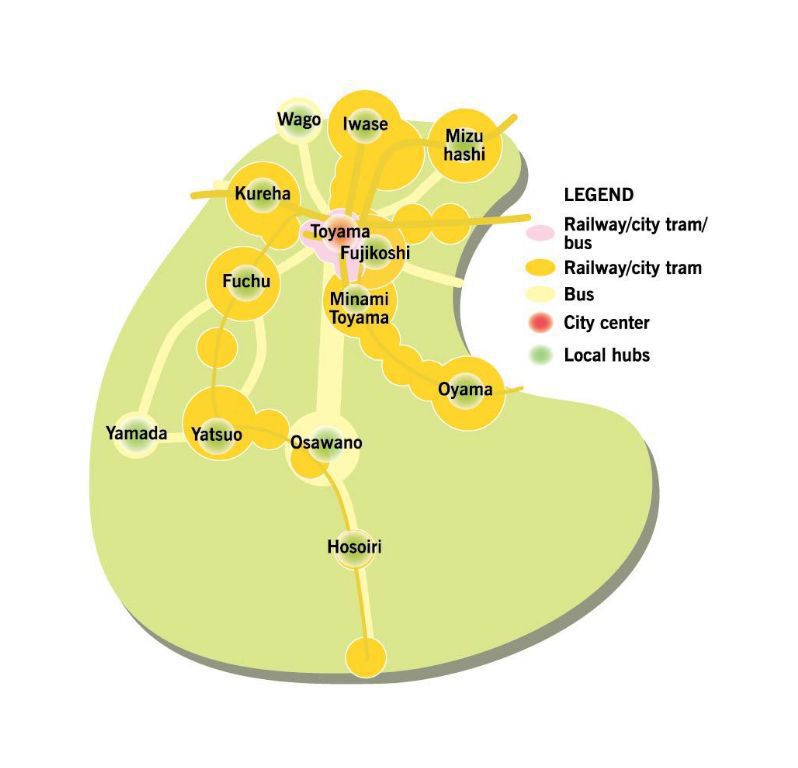
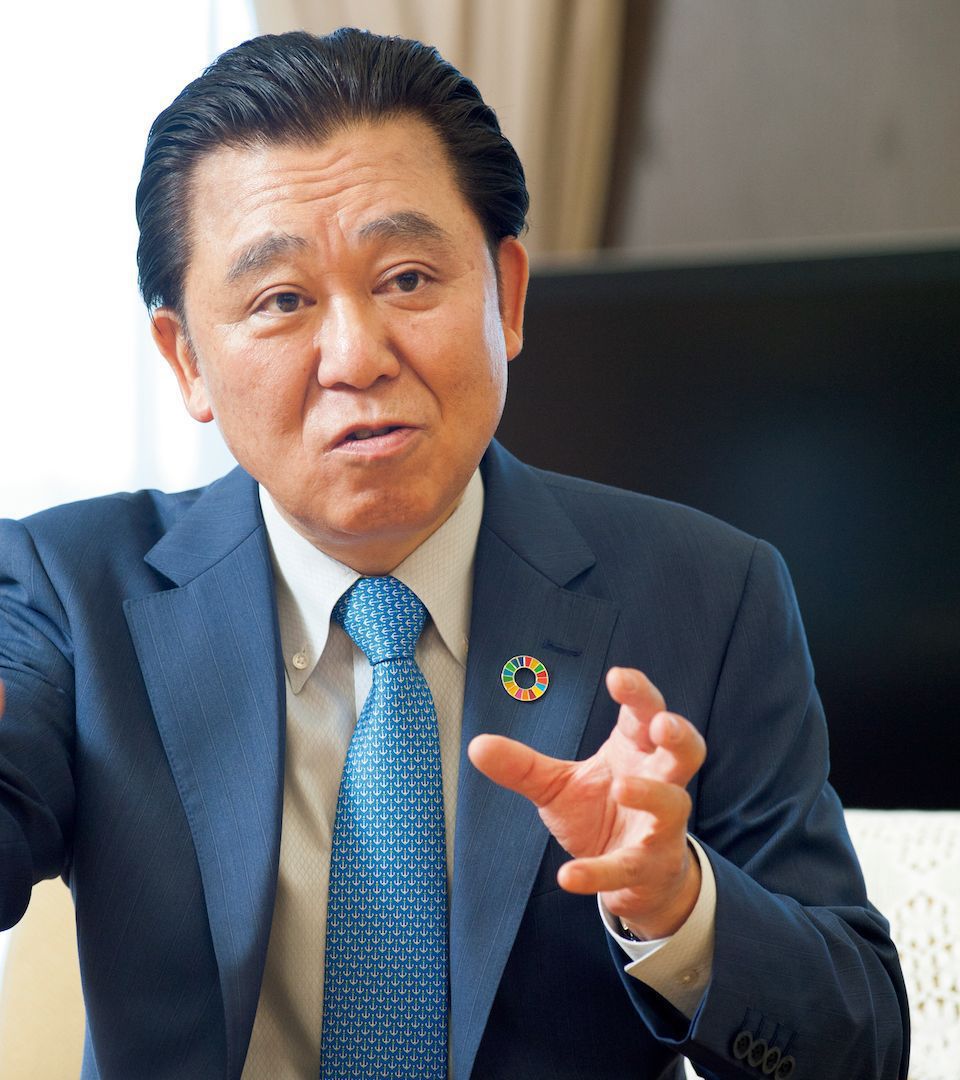
Masashi Mori was born in Toyama City in 1952, and elected member of the Toyama Prefectural Assembly in 1995. In 2002, he was elected mayor of Toyama City.
Covering an area of about 1,242 square kilometers from the coastline of the Sea of Japan to the mountains, Toyama City is the capital city of its namesake prefecture. Supporting a population of 420,000, it is a medium-sized provincial city, and like many cities in Japan, Toyama is feeling the effect of the country’s rapidly aging society. Its long experience in tackling this problem has led to it to become a model for cities the world over.
The decreasing population that is accompanying this trend has caused the decline of the city center. This is exacerbated by excessive dependence on motor vehicles, which also leads to the deterioration of the environment. The city’s proactive stance in tackling these problems led to its selection as one of Japan’s SDGs Future Cities.
At the base of these efforts is the “Compact City Concept” formulated in 2002. Under this concept, Toyama revamped its Light Rail Transit (LRT) system and developed projects to concentrate the city’s services and population along the rail lines. The city aims to ease the burden of administrative costs and make the city an easier place to live in for citizens without cars. This policy has already led to the number of new arrivals to the city to overtake the number of people leaving, as well as a reduction in CO2 emissions. In June 2012, Toyama City was among the five world-leading cities cited in Compact City Policies, a report by the Organization for Economic Co-operation and Development (OECD).
In 2017, the city began a new initiative called Safe & Environmentally Smart Model Town Blocks. Under this initiative, the city is establishing housing estates, community centers and childcare centers on unused land along the LRT route. The city has adopted an environmentally-friendly design for the public facilities, and each housing estate unit is fitted with three kinds of battery: solar cell, lithium-ion cell and residential fuel cell. In the future, the city aims for the entire residential block to be a “net-zero energy town.”
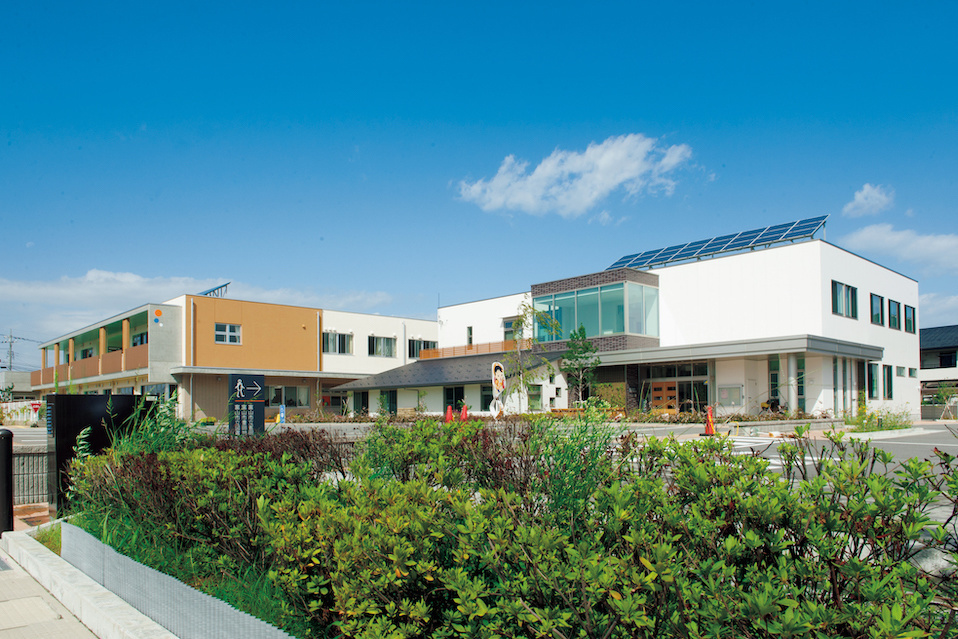
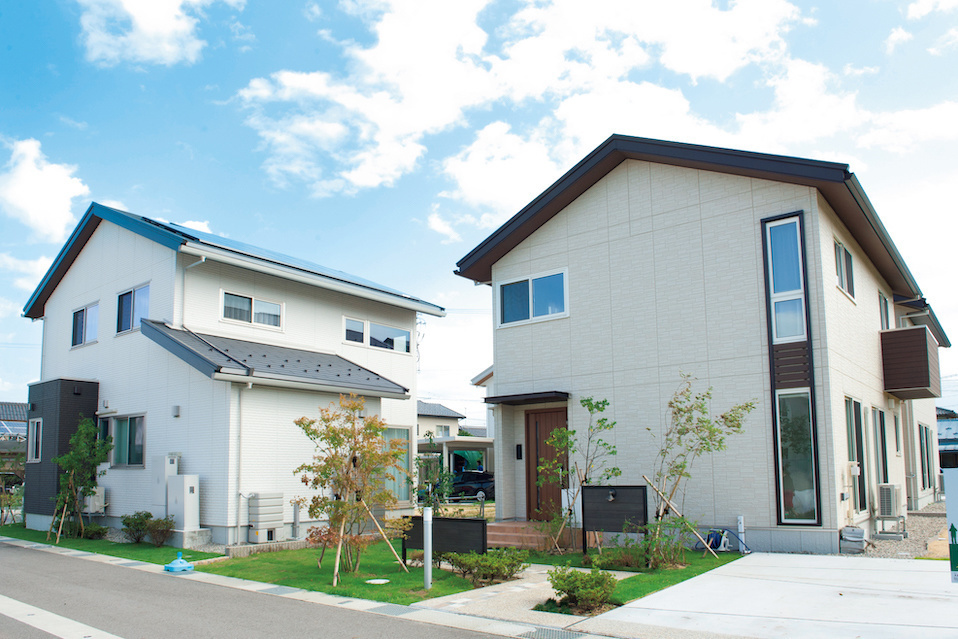
The community center of the model block is equipped with monitors that display the amount of power used and generated in the entire town block to raise awareness among residents.
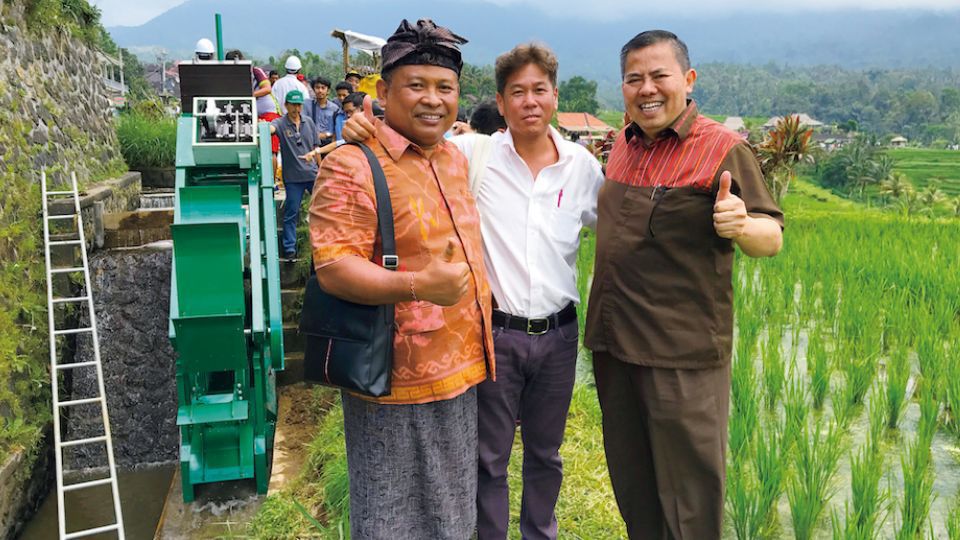
Many personnel were dispatched to Indonesia, where they provided technological support, serving the joint roles of local government and business.
The city is actively spreading the word about its technology and know-how across the world. In March 2014, the city reached an agreement with the Tabanan Regency of Bali, Indonesia, regarding a project to reinvigorate its agriculture using renewable energy, helping solve its agricultural decline and electricity shortage. In September 2018, Toyama received a special letter of gratitude from the Indonesian government for this support. Toyama City has also provided on-site support in Malaysia, and the mayor has been asked by both Chile and Romania to give talks on solutions for aging societies. Mayor Masashi Mori says, “Today’s citizens must make sacrifices for the future citizens of three or more decades from now. I believe part of my work is to effectively persuade the citizens of today to come on board.”
“The aging society and population decline that Japan faces right now will most likely be an issue that many other cities across the world will also face. We therefore believe that we must spread our methods and experience far and wide. This is our responsibility as an SDGs Future City,” Mayor Mori explains. The initiatives of Toyama City are expected to become world-leading solutions.


























